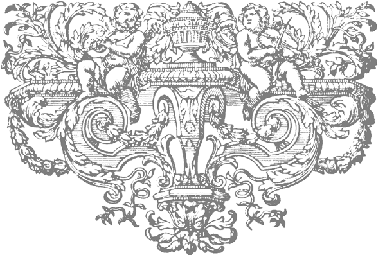A Franco-Flemish double-manual harpsichord,
![]()
The internal brace painted with flower groups
The internal painted brace which was totally hidden from view inside the instrument until the case was opened during the present restoration. This was probably painted as a trial before the whole of the soundboard was painted in 1750 when the instrument was widened by François Étienne Blanchet, Paris. This painting of this brace was recognised immediately by Sheridan Germann as being from the hand of Blanchet's normal painter (see Sheridan Germann, ‘Monsieur Doublet and his confrères. The harpsichord decorators of Paris’, Early Music, Part 2: 9, Nº 2 (1981) 192-207).
After the bass ravalement there would have been a long strip of new soundboard wood added along the spine side of the instrument. Blanchet would have wanted this plain wood to be decorated, either by adding to the the pre-existing Flemish decoration of 1617 or possibly by wiping off the old decoration and painting a totally new decoration. It seems likely that the latter choice was the one taken by Blanchet, and that Blanchet's usual painter carried this out as was normal. However, it seems that Blanchet's painter did a kind of 'trial' on the internal brace to get his hand in before launching on the soundboard itself. The painting on the lower surface of the brace was not cleaned nor re-touched in any way in the present restoration so that it remains as a protected and un-altered, if hidden in a restricted way, example of the 1750 decorator's art. Because it is protected and inaccessible inside the instrument it has probably survived in a better condition than any of the other soundboard paintings by this painter.
The Blanchet soundboard painting was, however, subsequently removed (probably by Arnold Dolmetsch) and replaced by a painting by Mabel Dolmetsch in her own style. The new soundboard painting is of a rather pedestrian quality compared to the lively style of the Blanchet painter. It is extremely regrettable that a soundboard painting of this high standard and excellent merits, painted for the King's harpsichord maker, was removed from this instrument. The Blanchet painter was highly skilled and his painting was replaced by a new decoration that is nothing more than ordinary. The list of original historical information, mechanisms and decoration is long and exemplifies but one of the cases of original historical information being lost to modern restoration practice, not just by Dolmetsch by many other well-known restorers as well.
Return to the section on the eighteenth-century history of the Franco-Flemish harpsichord
Return to the section on the description of the Franco-Flemish harpsichord
